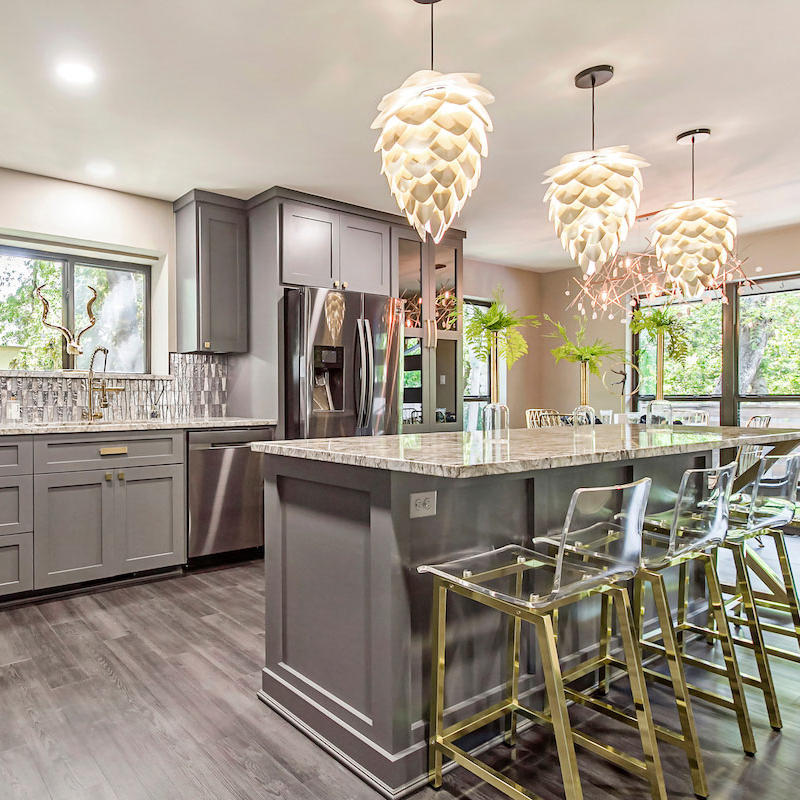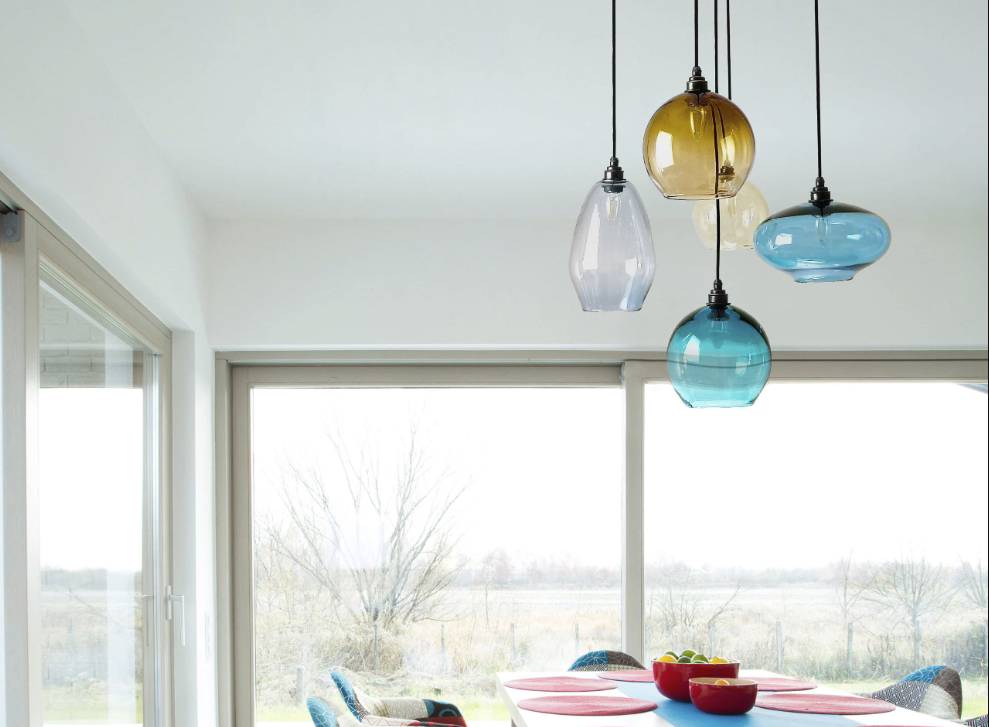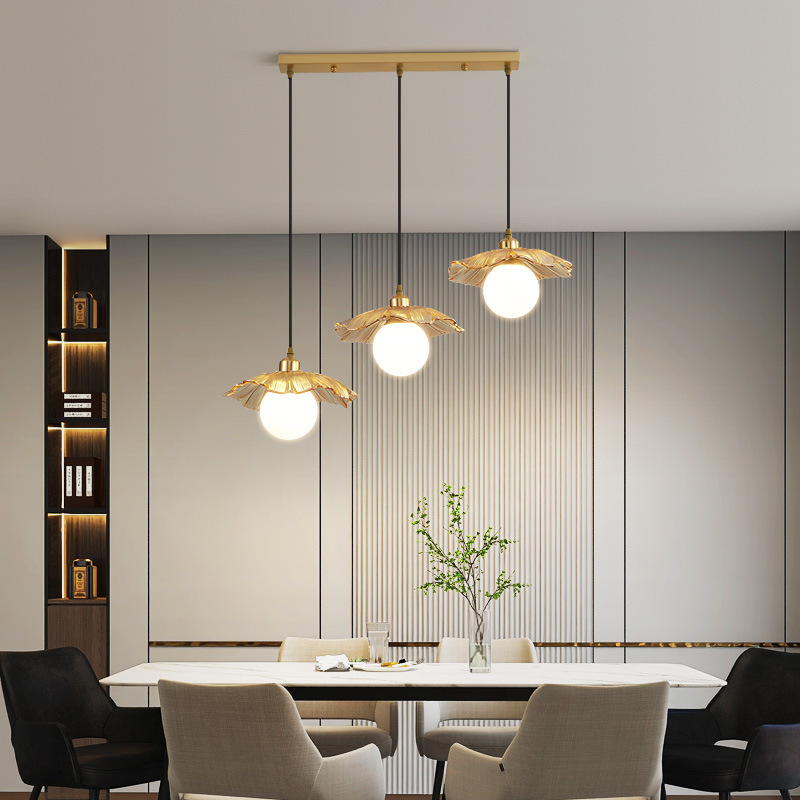When it comes to interior design, lighting is one of the key elements that can make or break the overall aesthetics of a space. Spiral ceiling lighting, with its unique and eye-catching design, has been gaining popularity in recent years. These lighting fixtures not only provide ample illumination, but also serve as an attractive focal point in any room. In this article, we will delve deeper into the features, benefits, and limitations of spiral ceiling lighting, and explore some creative ways to incorporate them into different interiors.
Features and Benefits
Spiral ceiling lighting fixtures usually consist of several LED or incandescent bulbs arranged in a spiral shape. The design allows for light to radiate in all directions, creating a soft and diffused glow. The spiral shape also gives a dynamic and fluid appearance to the fixture, mimicking the graceful and organic forms found in nature. Spiral ceiling lighting can be found in a variety of materials, from glass and metal to wood and plastic, and in a range of sizes to suit different ceiling heights and room dimensions.
One of the main benefits of spiral ceiling lighting is its versatility. It can be installed in any room of the house, whether it’s the living room, dining room, bedroom, or even the bathroom. Spiral ceiling lighting fixtures can be adjusted to provide either ambient or task lighting, depending on the type of bulbs and dimmer switches used. Moreover, they can be paired with other lighting sources, such as floor lamps or table lamps, to create layers of light and set different moods throughout the day.
Limitations and Concerns
Despite their attractive design and functionality, spiral ceiling lighting fixtures also have some limitations and concerns that should be taken into account when selecting and installing them. One issue is their potential for glare, especially if they are placed too low or too close to reflective surfaces. Additionally, since spiral ceiling lighting fixtures are often large and bulky, they may not be suitable for spaces with low or sloped ceilings, or where minimalistic design is preferred.
Another concern is the environmental impact of spiral ceiling lighting fixtures. Most of them use LED bulbs, which are energy-efficient and long-lasting, but still require electricity to operate. Additionally, some models may be made from non-sustainable or non-recyclable materials, which can contribute to waste and pollution.
Inspiring Designs and Installations
Despite the aforementioned limitations, spiral ceiling lighting fixtures remain an attractive and popular choice for many homeowners and interior designers. Here are some inspiring designs and installations that showcase the versatility and beauty of spiral ceiling lighting:
The Bold and Colorful
For a playful and whimsical touch, spiral ceiling lighting can be combined with colorful shades or beads. This design by Patrizia Volpato features a rainbow-colored glass spiral that adds a pop of color and vibrancy to any room.
The Modern and Minimalistic
If you prefer a sleek and contemporary look, a simple and unadorned spiral ceiling lighting fixture may be the way to go. This design by Vibia features a black metal spiral that blends seamlessly with the white ceiling and walls, creating a minimalist and elegant ambiance.
The Rustic and Natural
For those who love the warmth and texture of natural materials, spiral ceiling lighting fixtures made from wood or rattan can be a great choice. This design by LZF Lamps features a delicate and intricate spiral made from thin wood veneer strips, evoking the natural beauty of a seashell.
Spiral ceiling lighting fixtures offer a unique and attractive way to illuminate any space. They come in a variety of sizes, materials, and designs, and can provide both functional and aesthetic benefits. When selecting and installing spiral ceiling lighting, it’s important to consider factors such as glare, room dimensions, and environmental impact. With some creativity and careful planning, spiral ceiling lighting can be a striking and powerful element in any interior design scheme.




